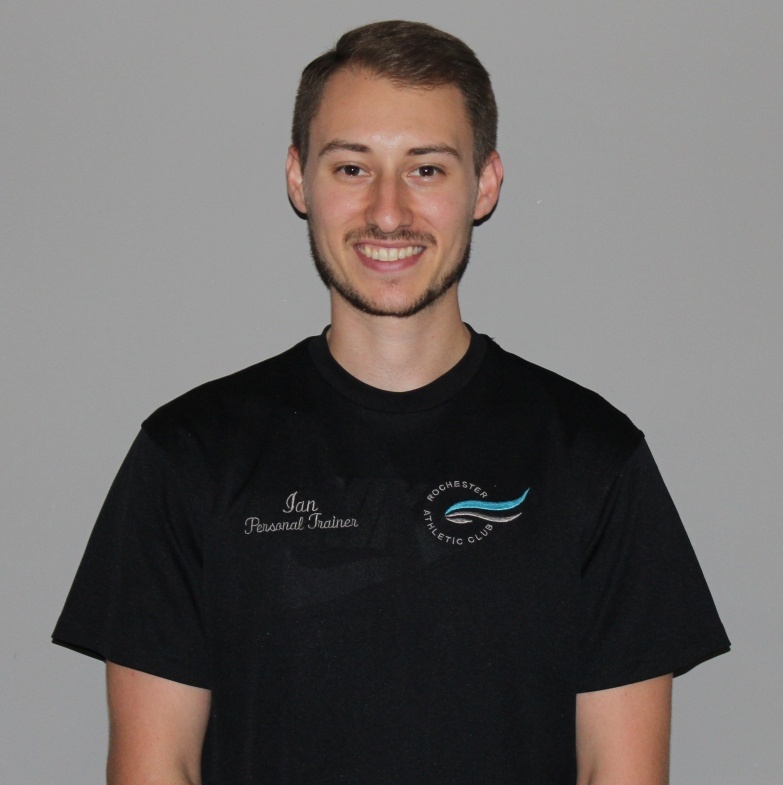Whether you are an athlete or just someone living and doing the activities of daily life, knee pain can be a complete game changer when it comes to doing the things you love.
According to UnityPoint.org the number one lower body injury among athletes is patellofemoral syndrome (runner’s knee). This injury is often caused by overuse, from a direct fall to the knee cap causing swelling, or because the muscles needed to keep the knee over the toes are failing in activation.
If you are experiencing this type of injury with knee pain, the answer for the pain may not be with the knee itself but instead can actually be with the glutes. When your glutes are not doing their job your body mechanics in the hips will suffer. This can change the way you walk, hip stability, posture, and athletic performance.
To learn more (and to test for weak glutes) we can examine a body weight squat:
- The first thing to watch for is how your knees tend to track during a squat. If you begin to squat or are coming up from a squat and notice the knees tracking inward (also known as a valgus) it is a major indicator that your glutes are not firing during your squat. It is also important that during this motion there is a good balance between the front (anterior) and back (posterior) of the thigh.
- If during the motion of a squat your knees tend to glide over your toes, and even potentially lift your heels off the floor, this is an indicator that the mechanics are incorrect and incorrect muscles are dominating the motion.
A correct squat will have you hinging at the hips or pushing back at the hips as if you’re reaching for a chair. The next key to the motion would be to have the knees tracking over the toes. If instead the knees begin to drift forward or inward then you know the glutes are not helping during your squat and that the issue should be addressed.
You may find quick relief for your knee pain by just changing your form in your squats and lunges. If not, there are some other ways to alleviate the pain. If pain is still occurring after changing your form, and it seems to be bothering you just to walk, there are a few exercises that you can do to help. The glutes, quads and hamstrings are the main muscle groups that need to be addressed.
As you do exercises, remember that controlling and activating a muscle is key to success. So don’t just attempt a motion, try to feel it. Also it is good to note that for common runner’s knee the pain is typically very localized and that it is important to pay attention and make note of any motion that is aggravating the injury.
Here is a list of exercises and stretches that may help. Try each exercise for 2-3 sets of 15-20 repetitions, keeping resistance low:
- Elevated heel squat - Find a small weight plate or book and put it under your heels and control the knees over the toes in a controlled format. This is easiest against a wall or by having a chair behind you to catch you.
- Banded shuffles - These are lateral shuffles to help the glutes activate. Put a band around your ankles and keep the hips hinged back while taking your steps.
- Thomas stretch - This stretch is to loosen up the hip flexors and quads.
- Swiss ball hamstring curls - While lying on your back put your heels up on a swiss ball. Then bridge your hips and use your hamstrings to bring the ball in towards your glutes.
By using these exercises (and remembering the form ques above) you should be able to begin to strengthen the muscles needed to keep the knees and hips stable. There are always ways to keep progressing exercises, but these examples are a good place to start. They can be completed up to five times per week since they are body weight, but it is important to listen to your body. If they are causing significant pain then discontinue and consider visiting a physical therapist.

Ian Hart
Ian has been with the Rochester Athletic Club since 2014 as a personal trainer and strength coach. He also works at Twin Cities Orthopedics in Eden Prairie working in a physical therapy setting as a strength coach. Injury prevention and strength training are two of his biggest training formats. When not at the RAC he enjoys playing soccer, basketball, and spending time with friends and family.
Contact Ian Hart



